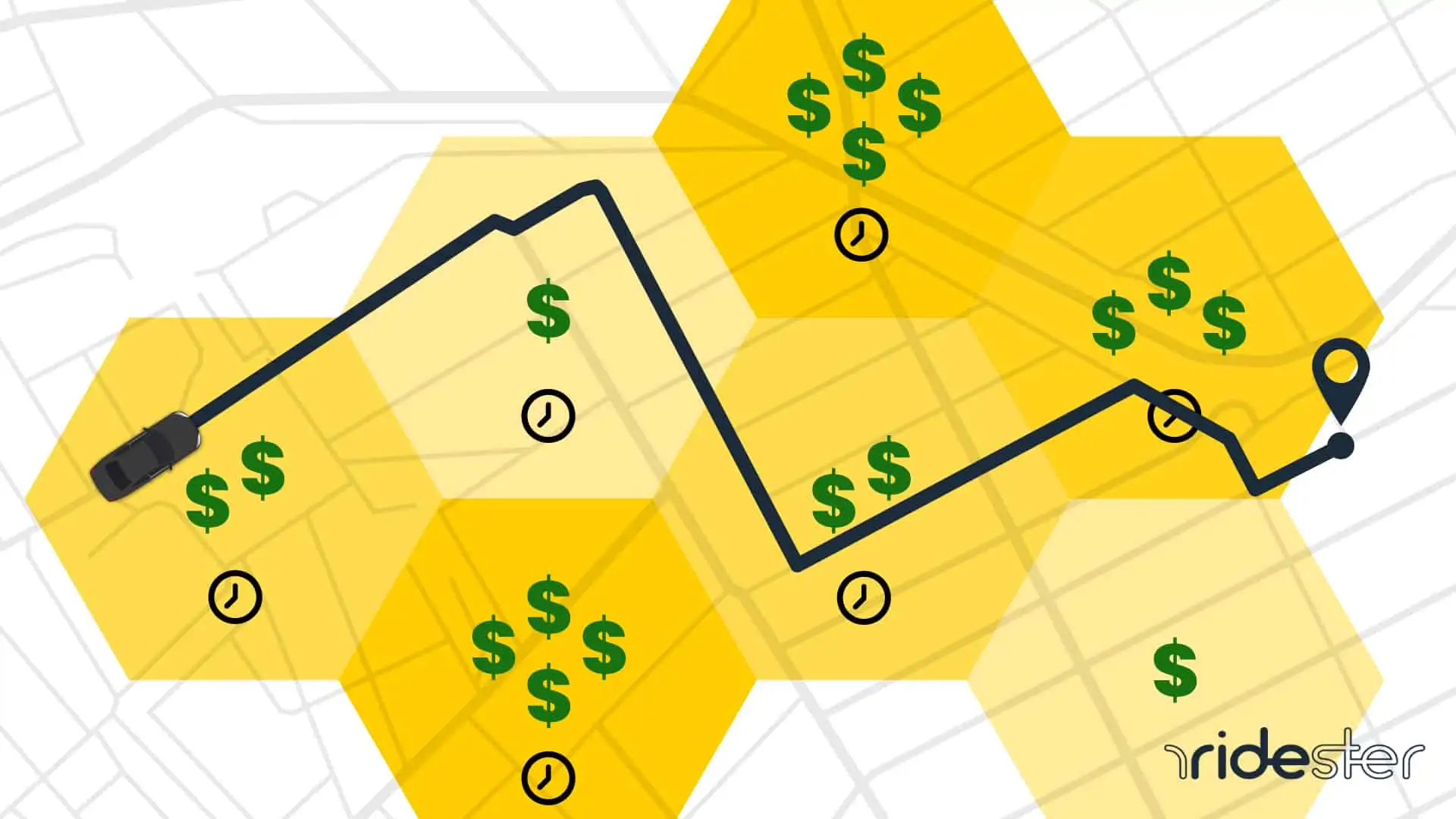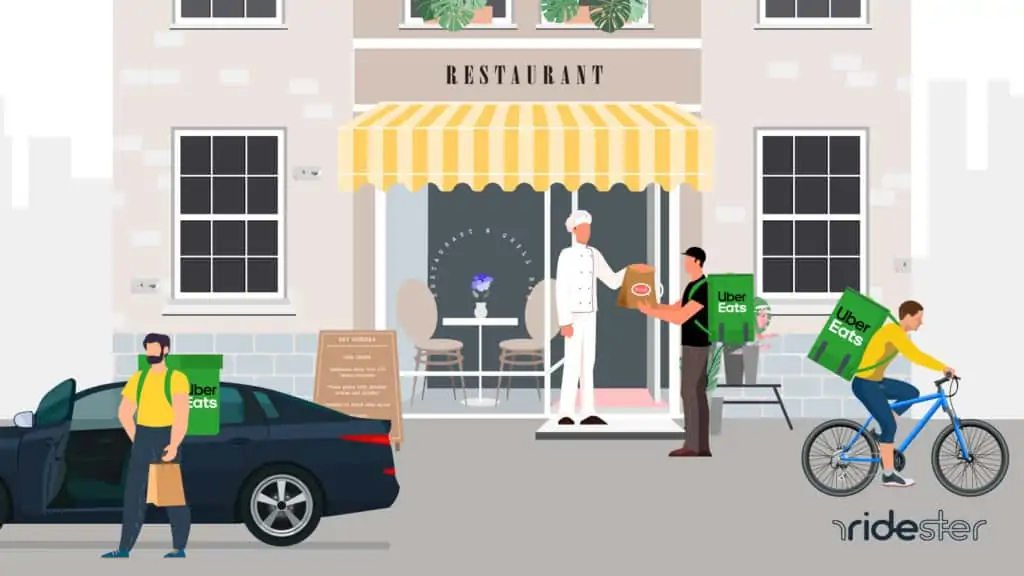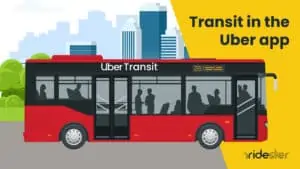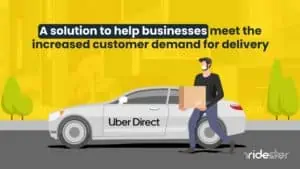Key Takeaways
- Uber Eats charges restaurants a 6% to 30% fee per order for delivery services.
- Restaurants join Uber Eats to attract new customers and increase sales despite high fees.
- Uber Eats accepts various prepaid cards from major networks.
- Signing up a restaurant on Uber Eats involves registration, menu upload, and dashboard activation.
Notable Features of the Uber Eats Merchant Program
People are intimately connected to their mobile devices, so having an app is a huge win for any business.
However, developing and troubleshooting your own app comes with a high financial cost and requires technical expertise.
Key features of the Uber Eats app beneficial for the customer experience include:
- Scheduling Uber Eats delivery ASAP or preordering and “Schedule for later”
- Using search to filter by cuisine, price, etc.
- Placing a group order (share the link and have the order delivered to the same location)
- Push notifications, reminding customers of deals and options
- Additional benefits include the proven track record of Uber technologies.
Uber’s commitment to merchants is to remove the burden of technical maintenance and allow independent US restaurants to rely on the Uber support team.
Uber Eats is continually focused on marketing and brainstorming new services.
Recently, Uber Eats announced a direct Instagram integration and Merchant stories feature, allowing restaurants to showcase content for a local campaign in their Instagram feeds.
Another announcement in February 2021 from Uber technologies was the Eat Local campaign.
Uber’s local support effort includes reduced delivery fees, a micro-grant program, waived and reduced fees for restaurants, and matching consumer contributions made using the Restaurant Contribution feature.
New restaurants may be featured on the front page under the “New Restaurants” feature for two weeks after using Uber’s platform.
After that, merchants can choose to pay for sponsored listings using the Uber Ads Manager to ensure their restaurant is showing up in customer searches.
They also provide a suite of marketing tools for owner-operators.
Pros and Cons of Uber Eats for Restaurants
Pros of Uber Eats Merchant Program
With delivery available in over 6,000 cities, it’s easy to see how Uber Eats can expand your online ordering service and reach new customers.
While there is some controversy around using third-party delivery services, there are many benefits to Uber Eats, which include the ability to:
- Increase visibility
- Market your business to interested customers
- Boost sales
- Stay competitive with other local restaurants
- Offset reduced dine-in profits resulting from the recent pandemic
- Forgo the expense and logistics of maintaining a personal delivery fleet
- Utilize your own delivery drivers, if you prefer
- Integrate with most point-of-sale (POS) systems
- Provide customers with a powerful app with full tech support
Cons of Uber Eats Merchant Program
The benefits of Uber Eats sound tremendous, but there is a glaring drawback: high fees that can potentially wipe out a restaurant’s profit margin.
Here are a few drawbacks to consider before diving into the platform:
- Less control over the customer’s final product (cold food, spilled, late, etc.)
- Potential poor interactions with delivery drivers that could project onto your restaurant
- Loss of profit margin due to delivery fees, which can be as high as 30% per order
- Lack of access to customer information for future marketing because it’s stored with the Uber Eats platform
Uber Eats Merchant Fees

What Fees Do Uber Eats Merchants Pay?
Merchant fees vary depending on the method of delivery.
Each order has a 30% fee on the pre-tax order value with an Uber Eats delivery person.
If your restaurant’s staff delivers, you’ll pay a 15% fee on the pre-tax value.
Finally, if the customer chooses to pick up their order, there’s a 6% marketplace fee.
Related: How much is Uber Eats? A guide for customers.
Why Are Uber Eats Merchant Fees So High?
Uber Eats covers a few costs with their partnership.
These include covering credit card transaction fees, promotions to reach new users, maintaining delivery employee fleet with all the Human Resources requirements.
However, the issue of high fees has been a concern for both merchants and consumers.
In addition, rising demand for food delivery has undoubtedly played a role in driving up prices, and some cities have capped delivery service commissions.
How to Sign up for Uber Eats as a Restaurant
If you’ve decided to take the plunge and sign up to be an Uber Eats merchant, there are just three basic steps to get started at ubereats.com.
To sign up as an Uber Eats restaurant, complete the following steps.
- Register and fill out the information about your restaurant.
- Upload your restaurant menu.
- Activate the Restaurant Dashboard and go live to start accepting orders.
Depending on your location and the number of sites you have, your Uber Eats partner registration can be processed in as little as a few days.
When you register, you’ll also select your payment plan and decide whether to use your own delivery staff or Uber Eats drivers.
As a side note, you also need to ensure you have your internal processes in place before you go live, or the first few days could be a disaster for your staff and the Uber Eats delivery drivers.
Be sure to update your SOPs (Standard Operating Procedures), coordinate logistics for staging orders, and communicate clearly with your staff on the upcoming changes.
Why do Restaurants Hate Uber Eats?
Food delivery services put many restaurant owners in a challenging position.
Many merchants are fed up with the high charges imposed by third-party food delivery services but feel stuck.
In addition, because food delivery services have multiplied over the past few years, many merchants feel compelled to utilize them or risk losing customers.
Brand affiliation has significant effects on business, but this can go both ways.
While you benefit from positive brand affinity and customer satisfaction associated with Uber, it just takes one scandal or sensational news piece to sway public opinion and potentially decrease your sales and personal credibility.
Some owner-operators have opted to get creative.
Merchants can consider setting up their own independent restaurant websites providing delivery capabilities and pickup orders.
Local delivery services that are lesser-known and location-specific are also popping up throughout the country.
Advertising dine-in specials, seasonal promotions, and perks could also encourage customers to return to eating on site.
Wrapping Up
Uber Eats has many benefits for merchants and customers.
A powerful and easy-to-use app and online platform and an established fleet of drivers may be the key for restaurants to expand their customer base and increase profits.
If you’re interested in other platforms, check out competitors:
- DoorDash Merchant: How does DoorDash work for restaurants?
- Postmates for Restarants: Integrating the Postmates platform into your order workflow






